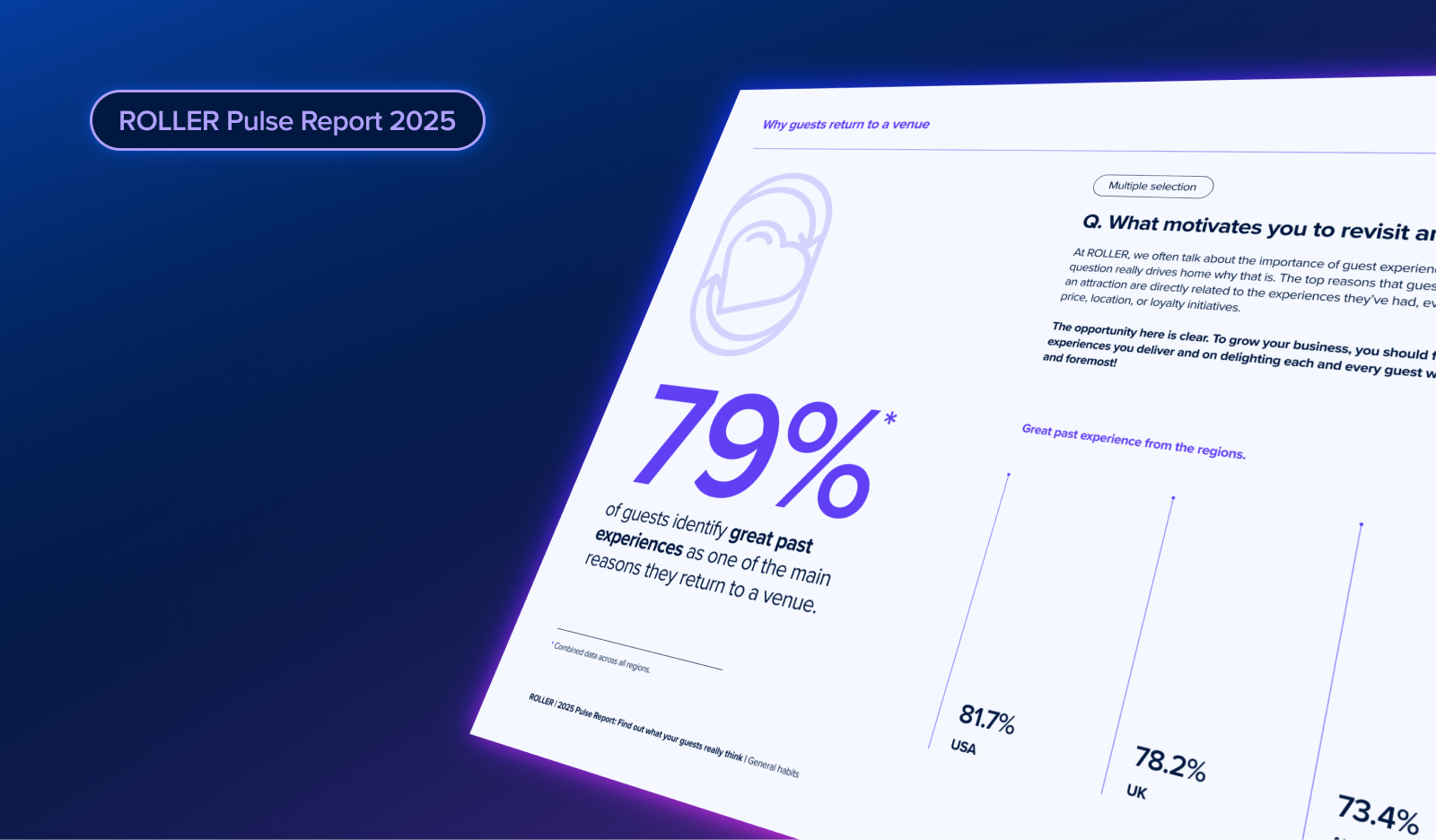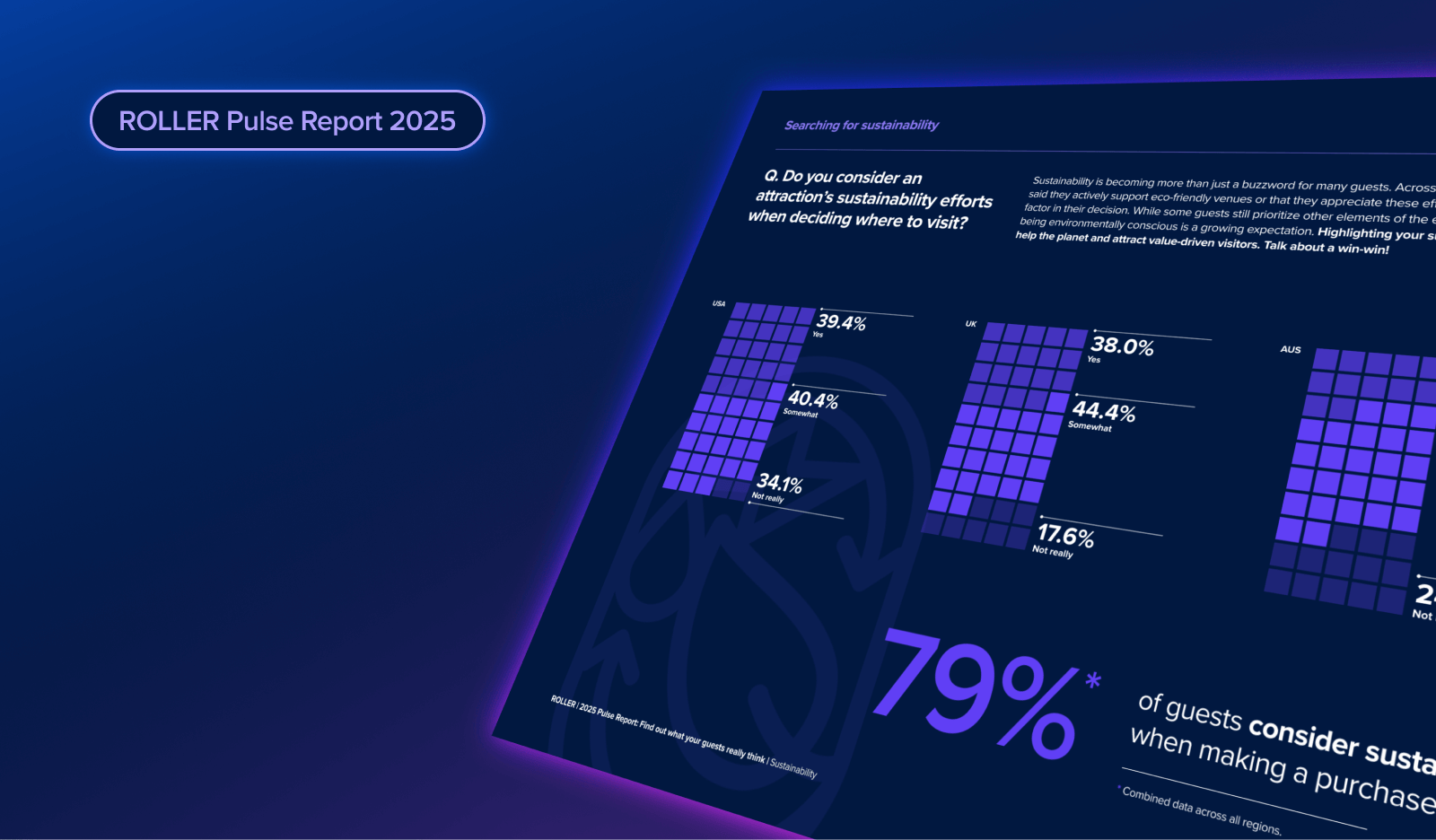7 Mistakes You Might Be Making When Measuring Guest Experience

Guest experience measurement is one of the most critical ways to understand your business better, mainly as it’s through the lens of your guests. When guests share their perceptions of their experience, it provides valuable insights and the intelligence that you need to make continual improvements to the operation. Tie it in with other factors, such as revenue and attendance, and you are several steps ahead of your competition.
However, measuring guest experience does not come without its challenges. There are right and wrong ways, and many businesses make missteps along the way, even with the best intentions. Here are seven mistakes often made when measuring guest experience that you should be looking out for.
1. The timing is wrong
Asking your guests too early or too late for their feedback can damage the results you receive. A prompt that’s too early in the guest’s visit might result in a minimal response rate because the guest has yet to hav the full experience, or may result in data that is ultimately inaccurate if their perception changes over the course of their visit. On the flip side, sending a survey or request for feedback too long after their visit also leads to lower response rates, as the experience is not as fresh in their mind. Even worse, you might encounter a negative review that could have been avoided had they received your contact first. You want to strike when the iron’s hot and gain the most valuable information in a short period of time.
2. You’re asking too many questions
Survey fatigue is real! Sure, there is a ton of information that you want to know from your guests that will help you grow as a business, and asking critical questions is the best way to get there. But you need to keep in mind that sending a survey or asking for feedback is making a request that is purely voluntary for the recipient. They can just easily not take the survey and there will be no impact on their life, so any prompt for feedback must be brief and concise. While there is no specific number that you should aim for, most experts agree that satisfaction surveys should be no more than 10 questions in order to garner a high enough response rate.
3. You’re not asking enough questions
But wait. Too few questions is also a problem. Most organizations across all industries rely on the coveted Net Promoter Score, which asks respondents how likely they are to recommend your business to a friend or family member, and the result is presented on a scale from -100 to 100, with a score of 0 being average. NPS is highly regarded as one of the most important metrics of your business because it indicates not only satisfaction but also draws a line between your advocates and your adversaries. While this certainly is crucial information, you must also know why you have the number of detractors you have, and what friction points lowered their scores on the NPS scale. For that reason, an NPS survey must also include specific questions that dive deeper into why they gave the score that they did.
4. You’re asking the wrong questions
Now that we’ve covered quantity, let’s talk about quality. Questions that go into surveys or any guest feedback collection tool must be designed carefully so that the guest is not inadvertently misled, or that the data is not skewed in any way. For instance, “How clean was the restroom?” sets a non-neutral baseline and could instead be phrased as “Please rate the cleanliness of restroom on a scale from 1-5 with 1 being ‘very dirty’ and 5 being ‘very clean.’” This allows the guest to determine the direction of their response, rather than being guided toward a response that would be ideal for you to receive.
5. Your response rate isn’t high enough
It’s hard to make decisions based on small amounts of data, and it must be recognized that each survey or feedback response you receive is a standalone comment based on an individual guest’s perception. The higher the response, the more accurate the data becomes, the further justifying the actions you take from it. Take a look at your response rate compared to overall attendance, then focus on bringing it up. This can include offering an incentive for completing a survey, ensuring that the format is user-friendly, and actively seeking to avoid the mistakes listed above.
6. The data is not tied back to passive behavior
Collecting survey results without any other context is like getting data in a vacuum. Without the surrounding details, you’re missing important information that can help you better understand the feedback you’re getting. For instance, how does attendance impact guest satisfaction? Are your restrooms generally cleaner during off peak times, vs. busier times where staffing is stretched? Who did they interact with upon arrival if a guest was confused or misinformed about policies and procedures? Is the experience better in the afternoon or in the evening, or on weekdays vs. weekends? Having guest feedback connected to other systems that are pulling data, such as point of sale, adds a new level of clarity to the intelligence you’re gathering.
7. You’re not doing anything with the information
The data is only as good as how you’re using it. If you collect guest feedback but never act on it, you aren’t using your tools to the extent that you can and should. Once your feedback collection process is in place and firing on all cylinders, focus on responding to the feedback that needs the most attention, specifically upset guests that gave you the chance to recover. Then, begin putting actions in place to address the most common friction points in your business to minimize the likelihood of your most common service failures in the future.
How many of these seven mistakes are you making in your guest experience measurement process as you review this list? What can you do to begin improving the way you collect and act on guest feedback?
Related articles

.png)
What the 2025 Pulse Report Reveals About Guest Booking Behavior at Attractions

2025 Pulse Report: How Sustainability Is Shaping Guest Expectations
Enhance your guest experience
Get free education, tips and inspiration to help you run a successful venue.